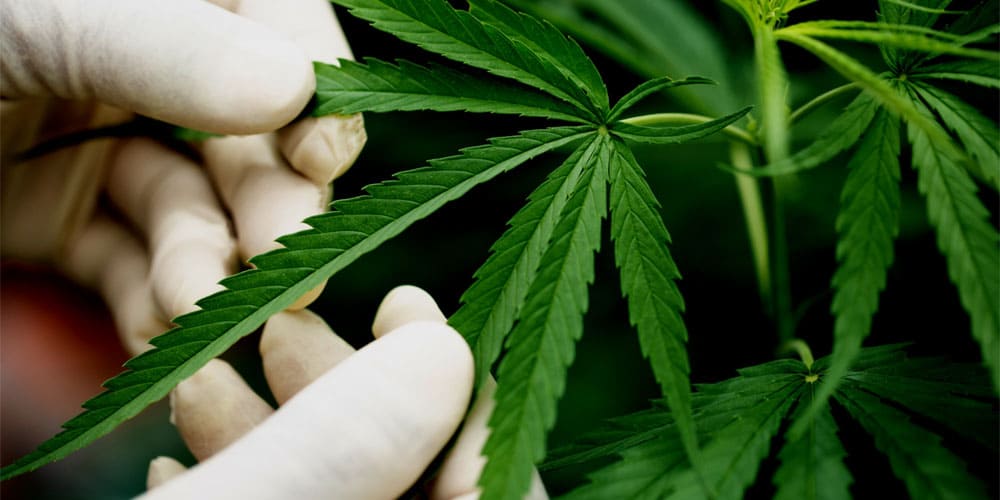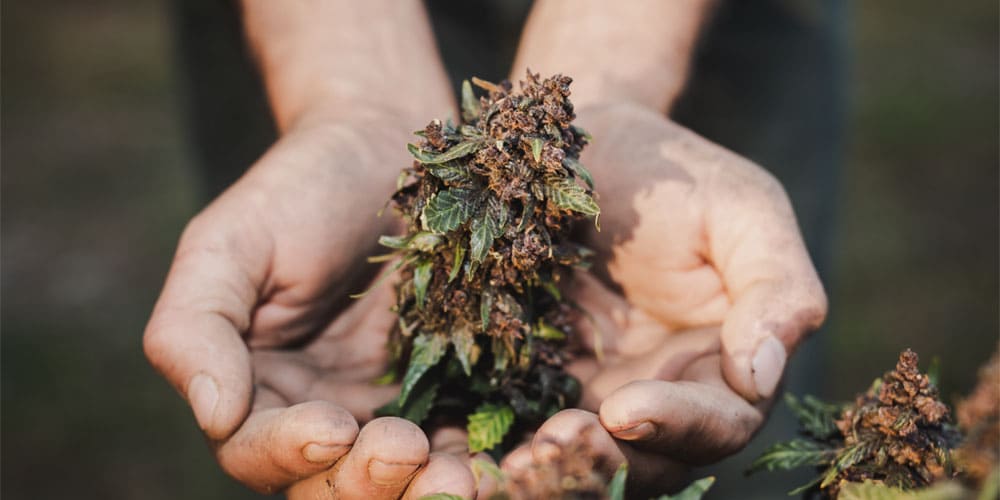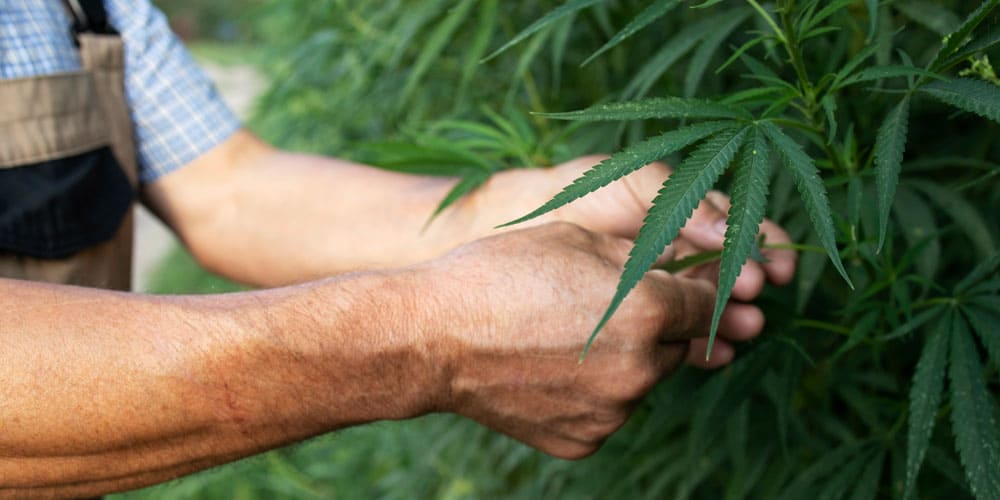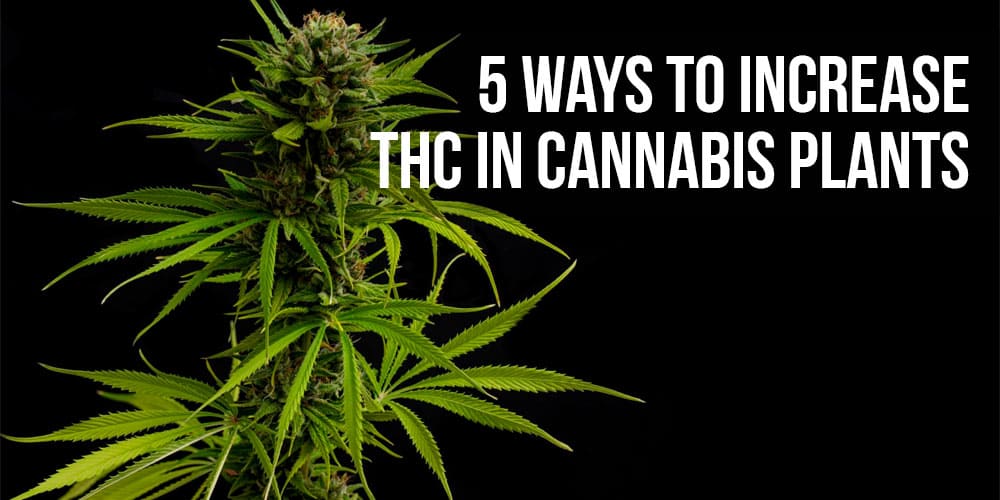Cannabis cultivation has evolved into a sophisticated practice that marries science with horticultural artistry, aiming primarily at enhancing the potency and quality of the crop. THC (tetrahydrocannabinol) content is a significant benchmark for potency in cannabis plants, driving cultivators to seek strategies to elevate its concentration. This article delves into five effective ways to increase THC in cannabis plants, offering insights and guidance for growers aiming to optimize their cultivation processes for higher potency.
- How to Grow Hydroponic Cannabis for Beginners: A Comprehensive Guide
- How Are New Weed Strains Created? A Process Explained
- Introduction to Cannabis Ruderalis – A Beginner’s Guide
Optimal Lighting Conditions

The intricacies of lighting in cannabis cultivation cannot be overstated, as it directly influences not just growth but the phytochemical profile of the plant. Adequate lighting stimulates photosynthesis, propelling the plant’s ability to synthesize THC. Advanced lighting technologies, like LED systems, offer a spectrum that can be tailored to the plant’s specific stage of growth, optimizing cannabinoid production.
In the vegetative stage, cannabis plants require more blue spectrum light, which promotes healthy leaf and stem growth. As they transition to the flowering stage, the light should shift towards the red spectrum, encouraging the development of buds rich in cannabinoids. The intensity of light also matters; too little will hinder THC production, while too much can stress the plant and have the opposite effect.
Maintaining a consistent light schedule is paramount, especially during the flowering phase, when plants require 12 hours of light and 12 hours of darkness. This cycle triggers the flowering process and maximizes THC production. Manipulating light exposure can create an ideal environment that encourages cannabis plants to produce higher THC levels, making lighting a critical factor in cannabis cultivation.
Discover the seamless blend of convenience and quality with APE Disposables, where cutting-edge vaping technology meets premium cannabis strains. Each APE Disposable Vape is filled with a generous 1000mg of premium THC oil, ensuring a potent and immersive experience
Genetic Selection and Breeding

Cannabis genetics are the blueprint of the plant’s potential, dictating not only growth characteristics but also cannabinoid profiles, including THC content. Starting with a genetically potent strain is essential for high THC yields. Breeders focus on these genetics to develop strains that consistently express high THC levels, leveraging natural variation and selective breeding techniques.
Crossbreeding plays a significant role in enhancing THC levels. By combining strains with desirable traits, breeders can produce hybrids that exhibit the best of both parent plants, often resulting in higher THC concentrations. This method requires a deep understanding of genetic inheritance and the ability to select parent plants that will produce the desired offspring.
Moreover, genetic stability is crucial for ensuring that the high-THC traits are consistently expressed in each plant. This stability is achieved through several generations of selective breeding, which reinforces the desired characteristics, including high THC levels. As the science of cannabis genomics advances, growers and breeders gain more tools to enhance the genetic potential of their plants for increased THC production.
Nutrient Management

The nutritional needs of cannabis plants change throughout their lifecycle, and understanding these needs is key to optimizing THC production. During the vegetative stage, a high-nitrogen fertilizer encourages robust growth. However, as the plant enters the flowering stage, the nutrient focus shifts towards phosphorus and potassium, which support bud development and cannabinoid synthesis.
The balance of macronutrients, along with essential micronutrients like magnesium, sulfur, and calcium, plays a critical role in the metabolic processes that lead to THC production. Each nutrient has a specific role in the plant’s physiology; for instance, magnesium is crucial for chlorophyll production and the synthesis of THC.
Moreover, the method of nutrient delivery can affect the plant’s THC content. Soilless growing mediums, hydroponics, and aeroponics allow for more precise control over nutrient delivery compared to traditional soil cultivation. By fine-tuning the nutrient regimen, growers can create an optimal environment for cannabinoid production, particularly THC.
Step into the world of APE Pre-Rolled Blunts, where each blunt is a testament to the art of premium cannabis consumption. Crafted from the finest cannabis flower, these blunts are rolled in natural, unbleached paper, catering to a wide array of tastes and preferences with a diverse selection of strains.
Stress Techniques

Stress techniques, when properly applied, can significantly enhance the THC content in cannabis. Techniques such as low-stress training (LST) and super cropping manipulate the plant’s structure to increase light exposure and promote a hormonal response that boosts THC production. These methods can increase the number of flowering sites and improve the overall cannabinoid profile of the plant.
Low-stress training involves bending and tying the branches to spread the plant out and create an even canopy. This exposure to light stimulates the plant to produce more THC as a protective response. On the other hand, high-stress techniques like topping or super cropping involve intentionally damaging the plant to trigger a healing response, leading to increased resin production.
It’s a delicate balance, as too much stress can backfire and stunt the plant’s growth. Therefore, the application of stress must be carefully managed to ensure it promotes THC enhancement rather than causing harm. This approach requires careful observation and timing to achieve the desired increase in THC levels.
APE Premium Flower, a standout product that’s redefining elegance and quality in the cannabis market. These premium flowers are celebrated for their top-tier buds and unparalleled flavors, ensuring a superior experience with every use.
Controlled Environment and Harvest Timing

The growing environment has a profound impact on THC levels in cannabis. Conditions such as temperature, humidity, and CO2 levels must be optimized to support the plant’s metabolic processes that lead to THC production. An environment that closely mimics the plant’s natural growing conditions will result in healthier plants and higher cannabinoid content.
Temperature regulation is crucial, especially during the flowering stage. Excessive heat can degrade THC and other cannabinoids, reducing the plant’s potency. Similarly, humidity levels must be carefully controlled to prevent mold and mildew, which can not only destroy the crop but also reduce THC levels.
The timing of the harvest is the final critical factor in maximizing THC content. Cannabis plants have a peak period of THC production, which can be identified by observing the color of the trichomes. Harvesting at the right moment ensures that THC levels are at their highest, capturing the full potency of the plant. This precise timing is essential for growers aiming to produce high-THC cannabis.














